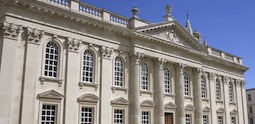Thrill of the new: taking drugs during the reign of Louis Quatorze
Dr Emma Spary delves into the world of drug-taking in 17th-century Paris.
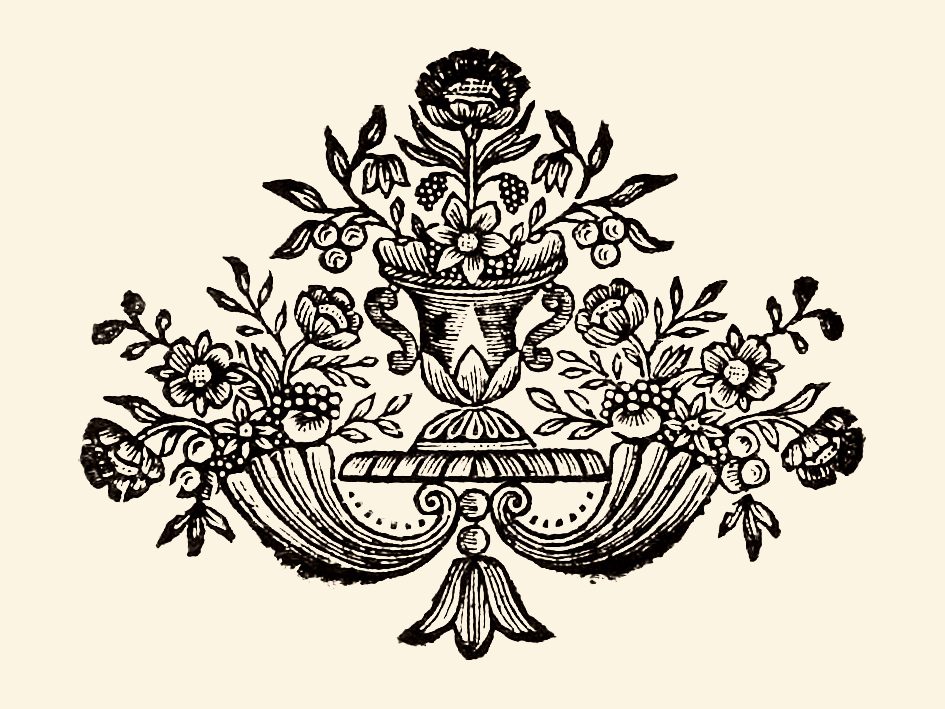
What is a drug? In 17th-century France – and at the risk of disappointing modern readers – a drug was any material substance that packed a powerful punch in a small volume.
That could be a cutting-edge medicine or narcotic, but it could also be a spice or flavouring. Paints, dyes and varnishes were counted as drugs, as were chemicals in cleaning products, or materials with some innate power, like magnetic iron ore.
All these natural substances were sold in small volumes, at relatively high prices, and were available from specialist shops run by the wealthy grocers or apothecaries who could afford to buy materials that often had to be transported over long distances to city shops in Europe.
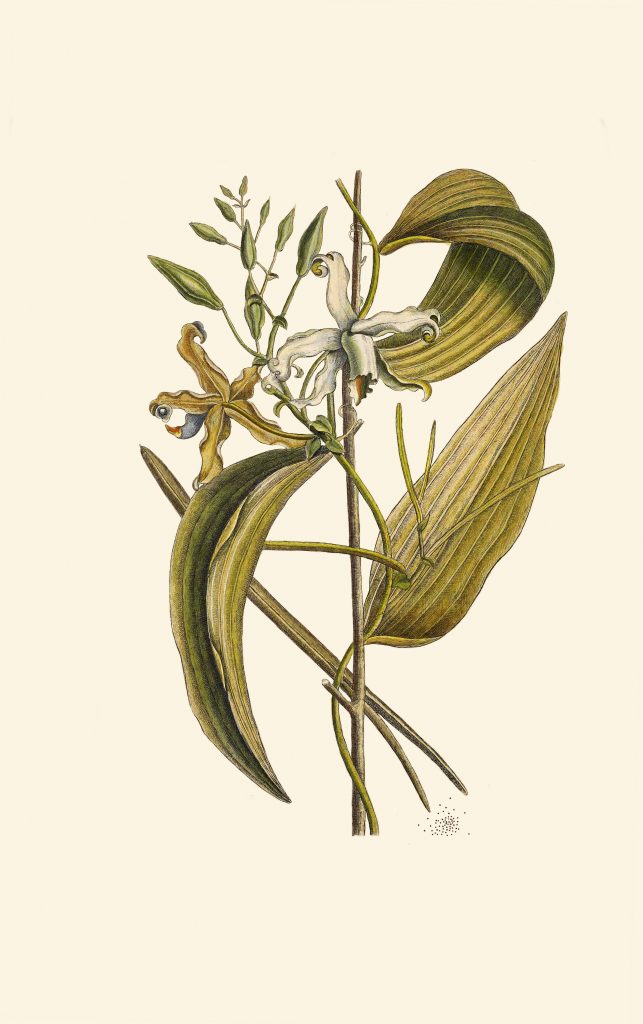
And as European cities expanded and prospered, so early modern merchants were increasingly able to invest in expensive foreign drugs. Couple this with the emergence of the first European global empires, in the 16th and 17th centuries, and you get the conditions that drove Europeans to bioprospect in distant parts of the world for new drugs that might be commodified for use back home.
One of the most expensive and mysterious drugs, rhubarb, was transported on camelback over vast distances by merchant networks spanning the globe. The best quality rhubarb was known to come from Bhutan, but one traveller, Tavernier, reported to King Louis XIV that it couldn’t be transported to Europe, “because of the monsoons all along the way; humidity is the enemy of Rhubarb … You can surely imagine the number of rivers that has to be crossed between the Kingdom of Bhutan … and France”.
Louis XIV took a personal interest in the promotion of new drugs and those who could supply them, even venturing to conduct research in his own right. And when a drug became fashionable at court, it prompted a cascade of consumption as courtiers vied with one another to acquire and use it
Rhubarb fetched an exorbitant price because of these transportation difficulties, even while the development of maritime technology in the decades around 1700 ensured that some other distant drugs were coming more within European grasp, particularly those from the Americas. But certain drugs, among them rhubarb and vanilla, would remain a mystery Europe-wide until well into the 18th century, despite much speculation about the plants from which they came. Given this mystery, how did people in the decades around 1700 find out about drugs, and what did they know? How was demand created and how was it satisfied?
Monarchs could be important patrons, boosting the reputation of drugs by using them or by funding – or hiring – drugs entrepreneurs who could provide a supply of them, as well as experimenters who could put them to use. An early example here is Philip II of Spain who, a century earlier, hired Italian, German and Flemish experimenters and gardeners to transform the royal palace and gardens of Aranjuez into a vast site where plant materials could be processed into distilled waters and essential oils, then supplied to druggists’ shops around his vast realm, from the Southern Netherlands, Milan, Naples and Sicily, to colonial outposts in Africa, the Americas and the Far East. Like Philip, the French monarch Louis XIV presided over an empire, and took a personal interest in the promotion of new drugs and those who could supply them, even venturing to conduct research in his own right. And when a drug became fashionable at court, it prompted a cascade of consumption as courtiers vied with one another to acquire and use it.
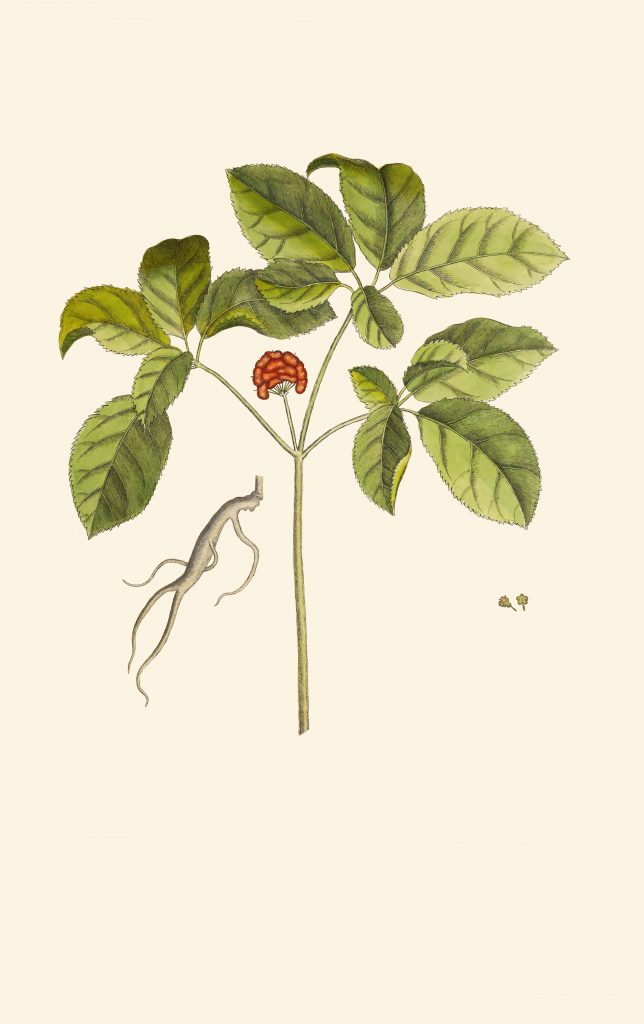
Such projects tended to be attached to the personal interests of one monarch, so there were separate processes at play in creating a single system for researching new drugs, and creating sustained public demand for them. On the sidelines of court life, people like Pierre Pomet, the Paris druggist, were busy keenly observing and collecting drugs, as well as selling them.
Pomet used his knowledge both to increase his ability to detect the useful properties of drugs and to try to find out about the species from which they came. This was especially important since, as botanists were fond of pointing out to their students, two plants might look alike but have completely opposite effects: death or cure. Pomet published his findings in a huge compendium that was intended to serve as a guide for readers wanting to avoid being palmed off with a substitute drug.
Still more burning is the question: what was it like to try an entirely new substance for the first time? What made someone trust that new substance, and what packaging, information, recommendation could encourage that first step
But this task was far from easy. In the case of distant exotic drugs such as rhubarb, myriad problems beset the researcher who wanted to identify the link between the plant and the traded good. What Europeans could actually buy in shops was only part of the plant: dried slices of root, crumbling brown leaves or seeds. Correlating these inchoate brown or grey masses with living plants can defy even today’s most knowledgeable botanists when studying unlabelled drug collections; in the 17th century, when the living plant was both unavailable and entirely unknown, botanists went to extraordinary lengths to source plants and then compare them with the shop-bought drug.
Similar difficulties were associated with ginseng, for example. Many forms were in circulation in commerce worldwide, for this drug, favoured at the Chinese court, was also consumed across the Far East, in Japan, Korea, and what is now Thailand. But it was exceptionally rare for Europeans even to own specimens because the Chinese Imperial troops kept close guard over the plant’s habitat in Tartary. So those who tried to identify the plant in Europe often ended up describing one or another of the substitute drugs bought and sold outside China.
Plant drugs filtered into European societies through a vast number of different possible routes. Sometimes they were not even brought in as drugs, but rather as curiosities: passed around groups of scholars and potentially tested on oneself and one’s family or friends, before being put on to a shelf for display. In other cases, they might arrive at court as tributes: diplomatic gifts from foreign rulers or visitors eager to curry favour with the monarch.
And alongside all this more visible and ostentatious activity, there was also the invisible host of exchanges that went on between private individuals, travellers and traders in contact with distant parts of the world. Drugs and drug plants voyaged unrecorded on slave ships, or survived on a plantation somewhere as horticultural curiosities, for decades – all unbeknownst to metropolitan ministers and botanists. Many of these specimens demanded considerable cultivatory skill, and, until greenhouses reached Paris soon after 1700, most tropical plants brought to France perished in the winter cold.
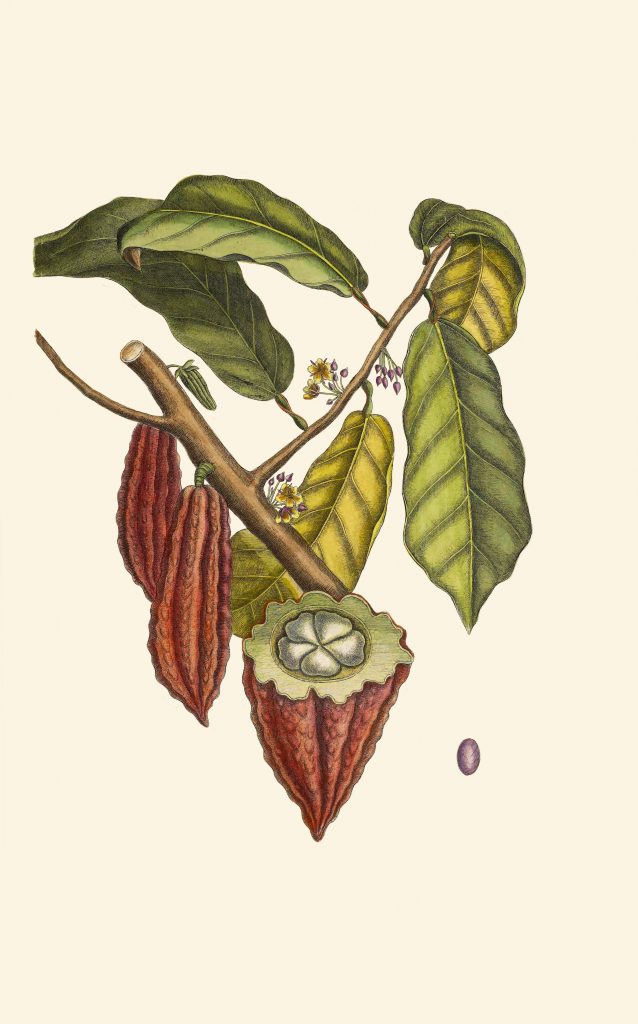
To construct an image of how drugs travelled, where they went and what people learned about them requires an examination of a wide variety of different source materials. Correspondence between private individuals attests to the extent of individual trialling going on. For example, the theologian Nicolas Toinard’s first taste of tea came in 1679 when he met the publisher Daniel Elzevir (from the family firm of Elsevier, whose namesake is still in business today). Noting its effects as an appetite enhancer in a letter to the English doctor, John Locke, Toinard added: “I wouldn’t have believed it if I hadn’t trialled it on myself.”
The notion of thinking through the process that made it possible for someone like Toinard to sample an entirely new plant drug originally grown thousands of miles away in China has been a fruitful one for our project. Still more burning is the obvious question, “But what was it like?” To contemplate the experience of a person who, for the first time, tries out an entirely new substance is to reflect on an act that we ourselves still undertake. For example, there was a time before most of us had ever tasted açai berries or quinoa, say. But what makes someone trust an entirely new substance, and which formats (of packaging, information, recommendations) ‘work’ to encourage that first step?
Our society today has a framework for apprehending novelty that is more than two centuries old. But in the 17th century, newspapers and advertising were also new. ‘Drugs’ had not yet split into foods, medicines and ‘chemicals’, and there was minimal scientific or medical oversight and testing of these potent substances for safety: no clinical trials, limited botanical expertise, and few regulations surrounding the food supply. To look at the situation in 1700 is to take on board just how far modern consumption of food and medicines has been structured by the need to respond to new plants.
This piece draws on Dr Spary’s Leverhulme-funded research project, Selling the Exotic in Paris and Versailles, 1660-1730, on which she worked as principal investigator, alongside a team that included two postdoctoral research associates and a PhD student.


